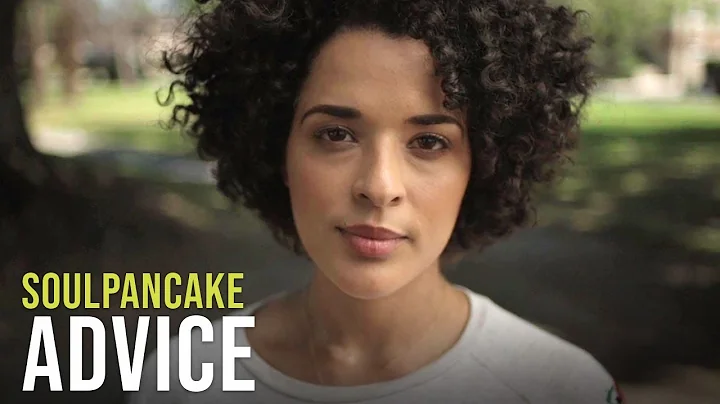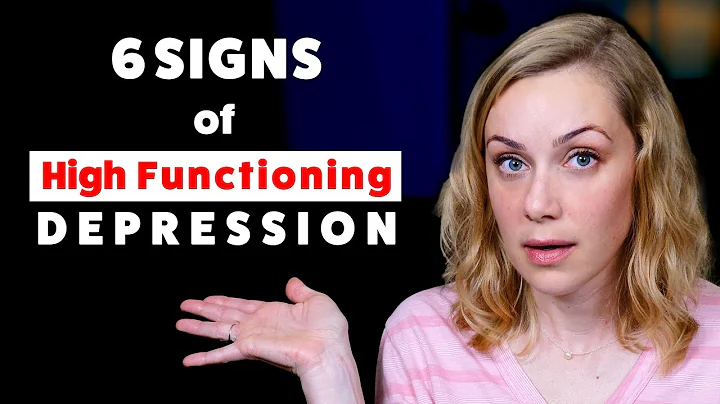A man has been married to his wife for decades. His wife was once the goddess he loved deeply. But now, he felt overwhelmed by the shackles of marriage and just wanted to seize every opportunity to escape his wife, whether it was traveling alone or socializing with male friends.
27-year-old Mike always feels that his partner who has been in love for five years is not worthy of him. Although they love each other deeply, he always feels a lingering loss in his heart, and he always feels that he deserves a better person.
31-year-old Kaya lives with her boyfriend for two years and has a stable relationship. But for some reason, she always feels lonely and depressed in love.
These are real cases mentioned in Amir Levin's "Reconstruction of Relationships".

Looking at these cases, we seem to see the marriage life of ourselves, or the friends around us. So familiar and so puzzling that it is hard to understand why once a beautiful love first becomes inappropriate, in a few years, it becomes inappropriate, and even painful, and wants to escape.
In fact, the real pain and discord in these married life, in the view of the author of "Reconstruction of Relationships", most of them are caused by conflicts caused by different attachment styles.
In "Reconstruction of Relationship", there is a passage: "How great misfortune can a mismatched attachment style create in marriage, even if both of you love each other deeply. If you are in this relationship, you don't have to feel guilty about feeling of incompetence or dissatisfaction. After all, your most basic needs are not necessarily met, and the operation of intimacy cannot be achieved by love alone. If you distinguish each other based on attachment style, you will look at and deal with this issue from another new perspective."
This passage tells us that many times, it may not be our own fault when we are unhappy or unhappy with our partners, but it is very likely that the two people have different attachment styles.
In the book, the author divides people into three types: "safe attachment style", "anxiety type" and " avoidance " attachment style. In this article, we will take a look at the characteristics of these three attachment styles and what happens when different attachment styles meet.

1. Anxiety-type attachment style
Anxiety-type people are those who are very obsessed with intimate relationships, are very sensitive in love, are worried about gains and losses, and are very easy to be injured.
For example, when you hang up the other party’s phone because of a meeting, the other party will think randomly, and keep making calls, doubting yourself, doubting you, and doubting this relationship. It is not until you send a message to tell him that you can’t answer the meeting just now, so you hang up the phone, and the other party will calm down. Such people are probably "anxiety attachment style".
A few years ago, there was a star who probably looked like this in a relationship. He was too attached to the man, which made the man feel that she was not independent enough and not mature enough. In the end, the two broke up.
In fact, there are many such examples in real life. Two people in an intimate relationship, one wants the two to stick together more, while the other prefers to be alone. Such results often lead to the insecurity of one or both parties' needs in their relationship, which in turn affects the quality of intimate relationships.

2. Avoidance type attachment style
avoidance type is just the opposite. They like to be independent and prefer to be alone.
For example, if you are in love with you, but you still like to spend more time alone, or even go on a trip alone, eat alone, drink alone, and take a walk alone. Such people are likely to be "avoiding attachment style".
If you happen to be anxious, that is, you have more demands for intimate relationships and are more worried about gains and losses, if you meet a "avoidant" partner, you will have more conflicts and conflicts in your relationship.
In "Reconstruction of Relationships", the author once mentioned a case. A girl felt that she had been with the boy for a while, had already known each other more, and she felt that it was time to take the relationship further.
Who knew that at this time, the man actually went on a trip alone. The girl once doubted whether the man loved him or not. Finally, by consulting with the author, she gradually realized that this man did not love him, but happened to be a "avoidable attachment style".

3. Security attachment style
The third type - people with "security attachment style" will communicate directly when they encounter problems in their relationships and express their needs without attack. In this way, the relationship between the two will develop in a positive direction.
For people with a safe attachment style, whether they are with people with the same security, anxiety, or avoidance style, they can live happily.
For example, suppose your love partner is the anxious example mentioned earlier, because you hung up his phone, the other party kept bombarding him, and then he stopped answering your phone because he was angry.
Then you still use the method of sending messages to explain to the other party that you were in a meeting just now and the leader was there and couldn't answer the phone. Instead of getting angry, accusing, complaining, or even thinking about not paying attention to him from now on.
Because you can be very sensitive to the other party's anxiety and use very effective strategies to actively soothe the other party's emotions, so you are likely to belong to the "safe attachment style".
Speaking of "safe attachment style", I think in real life, most of the men with high emotional intelligence who make their wives very happy belong to this type, such as Fu Disheng, and Zhang Guoli .
If a woman is with such a man, she will soon be eliminated by the man's super high emotional intelligence.
Therefore, whether it is a man or a woman, if you meet a partner with a "safe attachment style" in your marriage, you will most likely live a more comfortable life and have a higher satisfaction with your marriage.

"Gone with the Wind" Red
was written at the end
Overall, there is no good or bad attachment style. However, it is important for us to understand our attachment style before entering an intimate relationship. This will not only help us find an attachment style that suits us, but also help us to more clearly recognize our behavior patterns after entering an intimate relationship, and try to use a safe attachment style to deal with problems encountered in our relationship. In this way, our intimate relationship, happiness and success probability will be greatly improved.











